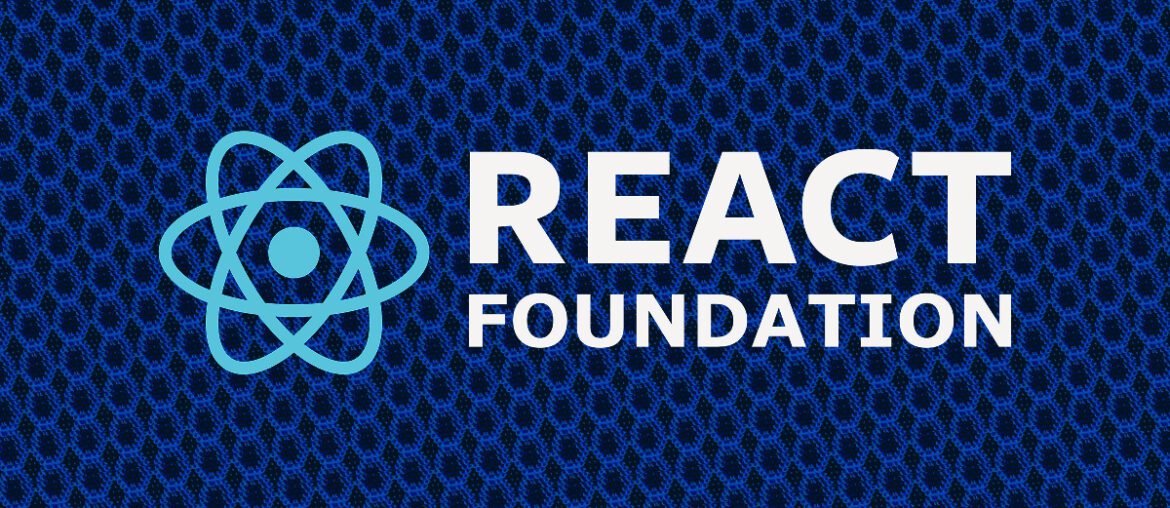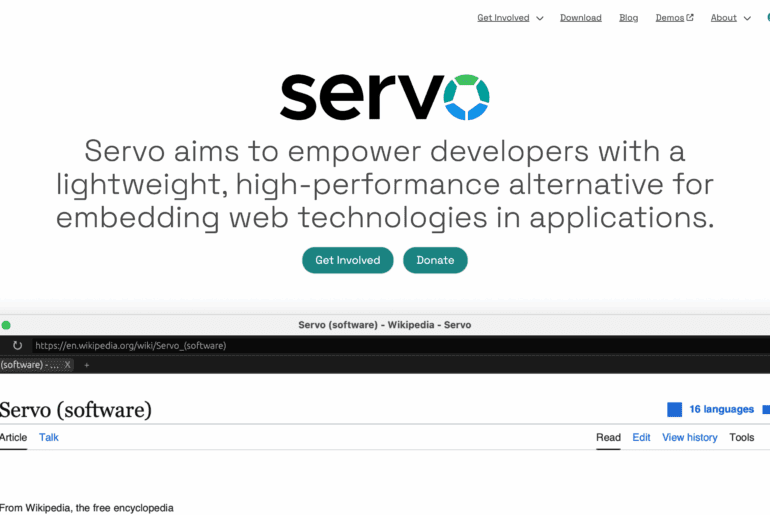Today, the development teams behind React and React Native announced the launch of the React Foundation, an independent, neutral organization intended to steward React, React Native, and related projects. Founding members include Meta, Microsoft, Vercel, Amazon Developer, Expo, Callstack, and Software Mansion.
React, originally developed by Meta (then Facebook) and open-sourced in 2013, has grown well beyond its origins and gained widespread adoption across the web and mobile development communities. Up to now, Meta has led its development, but the new React Foundation is intended to provide an organizational structure more suited to a multi-stakeholder open source project.
Under the new arrangement, React, React Native, and supportive elements like JSX will transition into the React Foundation’s purview. The foundation will take responsibility for maintaining development infrastructure (such as GitHub repositories and continuous integration), managing trademarks, organizing events like React Conf, and launching programs and grants to support the broader ecosystem. Meta has pledged engineering support and financial contributions during the transition period.
Governance: separating business from technical direction
A key design goal of the React Foundation is to establish a vendor-neutral governance model. The governing board will be comprised of representatives from founding member organizations, with plans to expand membership over time. Seth Webster, formerly head of React at Meta, will assume the role of executive director of the foundation.
At the same time, technical decisions — such as feature development, release schedules, and architectural direction — will be handled by a separate, independent technical governance body. That body is intended to be driven by core contributors and maintainers, rather than by the foundation board itself. The React team says they will solicit community feedback as the new governance structure takes shape.
The React Foundation will be incubated under the umbrella of the Linux Foundation, which has a track record of hosting open source projects in a vendor-neutral environment. The Linux Foundation’s involvement lends institutional support and administrative infrastructure.
What this means for the React ecosystem
By transferring ownership and governance of React to a neutral body, the founding organizations aim to reduce the perception (and reality) of any single company having undue control. This model is intended to encourage broader community participation, collaborative development, and sustainability. The React Foundation will also provide financial grants, infrastructure support, and ecosystem programs to nurture adjacent libraries, tools, and projects.
For existing users and projects built with React, the transition should largely be transparent in the near term. Over time, changes in release cadence, contribution processes, and governance may evolve under the new model.
As with any major structural change in open source stewardship, there are open questions regarding the precise balance of power, how the technical governance will function, and how conflicts (if any) will be resolved. The React team has committed to engaging the community on those details. Monitoring how this transition affects contributions, release velocity, and community trust will be key.










